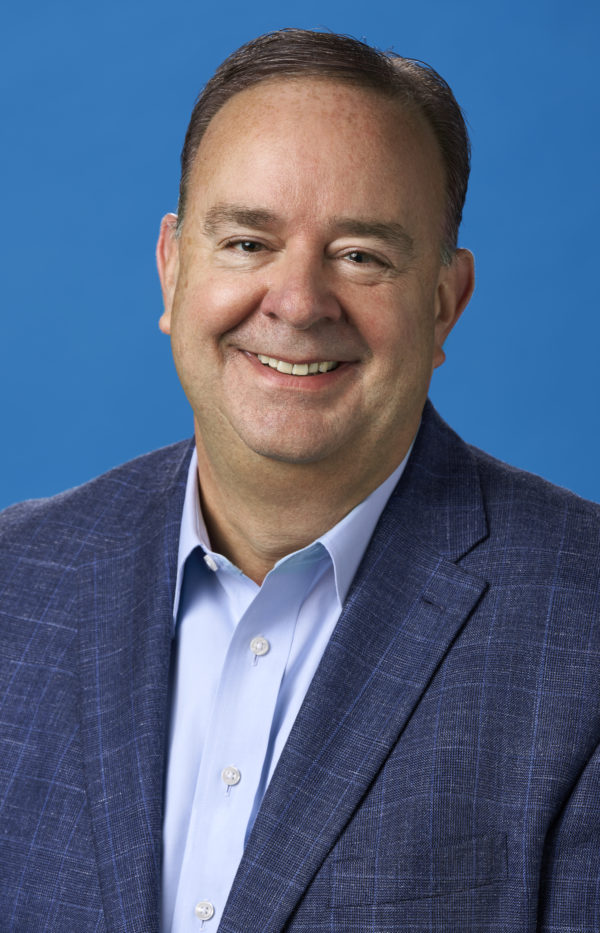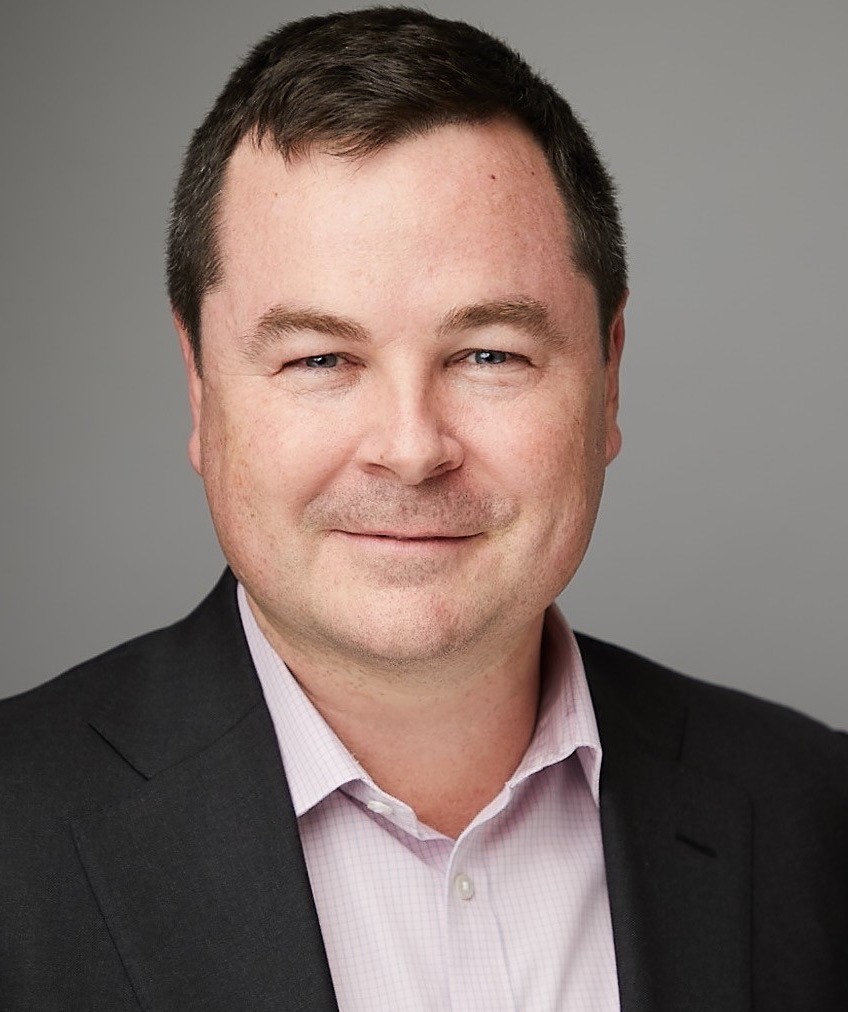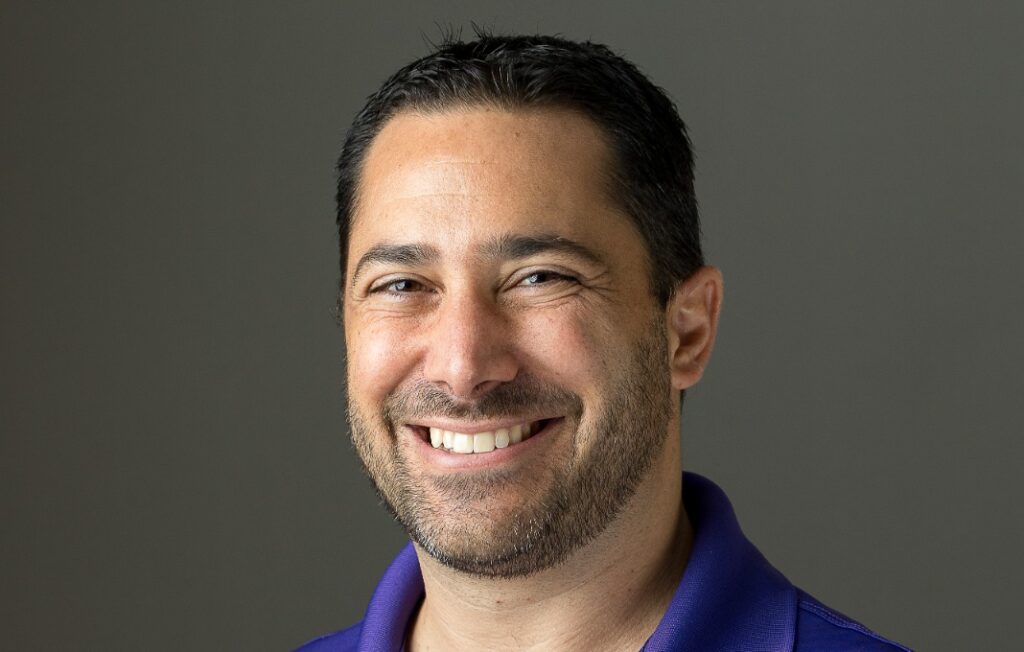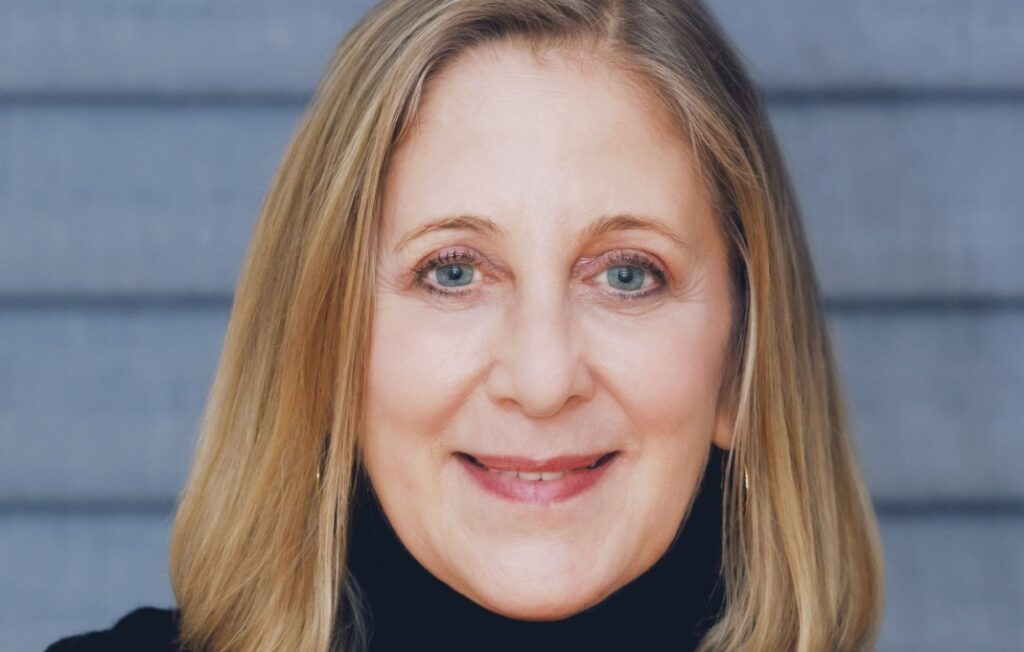On March 17, 2021, an employee entered a warehouse owned by a subsidiary of The Kroger Co. in Oconomowoc, Wisc., and shot and killed two coworkers. One week later, on March 24, a gunman entered a King Sooper’s supermarket—also owned by the grocery giant—in Boulder, Colo., and killed 10 people, including three employees. A survivor of that attack told CNN that the grocery store “feels like the safest spot in America and I just nearly got killed for getting a soda.”
A few months later, on September 24, an employee who had been dismissed from work that morning entered a Kroger store in Collierville, Tenn., and shot 15 people before taking his own life.
Beyond the tragic loss of life, events like mass shootings take a terrible psychological toll on employees even under normal times, much less during a pandemic. When businesses become ground zero—for crises large and small—the responsibility for helping employees process the trauma falls on human resources departments and CHROs.
“In these incidents, our associates experienced fear, pain, loss, grief and anger,” says Tim Massa, SVP and Chief People Officer at Kroger. “These were senseless acts of violence, and we couldn’t expect them to process these events on their own.” Instead, the company created a resource center for employees who were seeking counseling, brought in expert consultants on trauma and resiliency and worked with managers to elevate the visibility of mental health services.
Providing mental health support for employees is not just a matter of good business, it strikes at the very fabric of society. “The first place someone goes after they lose a loved one is typically a grocery store, one of our stores” Massa says. “They look for comfort and they look for help. Graduations, weddings, birth of a child.” This also means that the employees at Kroger stores encounter members of the public at their highest highs and their lowest lows. They are the front line in more ways than one. For CHROs taking on mental health in the workplace, their actions and the programs and interventions they develop reverberate way beyond the business itself.

One of the greatest afflictions of the pandemic is a global mental health crisis born out of disruptions, precarity, isolation, missed milestones and in many cases grief for those who have passed on and ways of life that are increasingly receding into distant memory. Recent polling from Gallup indicates that a mental health crisis was already brewing before the pandemic, and it has only intensified in the last two years. The annual Gallup World Poll’s “negative experience index” rose to 32, a new high in 2020, and the pollsters found that globally seven out of 10 adults said they were “struggling or suffering in 2021.” In early 2021, the U.S. Centers for Disease Control and Prevention found that 41.5 percent of adults showed signs of depression or anxiety.
The mental health of the populace strikes right at the heart of the economy and the ability of companies to perform, and Gallup chairman and CEO Jim Clifton noted that “anxiety and depression can destroy ideas, energy and eventually the economy…Yet these aren’t taken as seriously as physical well-being because we understand physical problems so much better than mental problems.”
Increasingly, CHROs are helping to fill that gap as they take new approaches to everything from benefits to compensation to leave policies. “A decade or so ago, we came to this realization that wellness was important, that if employees didn’t smoke and weren’t overweight they would be more productive at work, we could keep them longer and our health care costs would go down,” says Society for Human Resource Management President and CEO Johnny Taylor. That wellness mindset has progressed “beyond Fitbits and smoking cessation programs” to mental health, he notes, and companies are accelerating their responses to the crisis.
The coronavirus pandemic “turned up the dial on everyone’s stress,” Massa says. “Beyond the day-to-day stressors at work, our associates were struggling in many ways at home, whether that was anxiety over the virus, job loss within the family, struggles to balance work and home—especially with kids out of school.” He further notes that while the coronavirus made “a rough situation worse” for some who had already been facing challenges, “others found themselves struggling with their mental health for the first time as a result of the uncertainty.”
Goldman Sachs Global Head of Human Capital Management Bentley de Beyer notes the pandemic has increased a sense of urgency about dealing with mental health that had been slowly growing before the pandemic. “Issues around mental health have been prevalent for a long time,” he says. “Covid has simply amplified that in ways we couldn’t imagine. There’s a huge focus on employers as sources of care, and there is a high sense of responsibility that we need to deliver on and execute on well beyond other stakeholders in people’s lives.”
For businesses, then, dealing with the mental health fallout of the pandemic is a key concern. Burnout, depression, anxiety and fatigue sap employees’ performance and abilities, and the effects only become more acute over time if they are ignored. The pandemic created an urgency within the “HR community to come to our organizations with real solutions” to the attendant mental health crisis, Taylor says, not only because it’s the right thing to do but also because “this is a knowledge-based economy, based upon talent, and if your talent is not physically or mentally well, then your talent strategy is compromised.”
CHROs are at the center of companies’ attempts to bolster employee mental health, and their success or failure in the effort will have a profound effect on which companies succeed or fail in the coming years. “We’ve offered mental health benefits and resources for years,” Massa says, “but the pandemic made us think about what we needed to do differently. When our associates feel supported and cared for, they are more engaged, more productive and more focused on delivering a positive experience for our customers and their fellow associates.”
Understanding the Challenge
With the onset of the pandemic, businesses were forced to rapidly expand what they were doing to support employee mental health. No longer were the often-limited mental health options provided by health insurance or benefits packages enough to keep their employees engaged and performing at or near peak (if they ever had been). Even interventions that were swiftly implemented in the early months of the pandemic may be insufficient now as the virus—and society’s response to it—continue to evolve. Consequently, understanding the mental health needs of a workforce is a requirement before any new services or benefits can be effectively implemented.
Filling that information vacuum is a key step, Massa says, and Kroger held its first-ever mental health panel discussion in summer 2021, with the goal of answering questions posed by Kroger employees—and gleaning information about the challenges they were facing. Subsequently, the company began working with “business units to deploy in small groups to discuss well-being and set tangible goals,” Massa says. Interventions have run the gamut from trying to bolster employee access to mental health services via the company benefits plan to “looking at how we can improve the work environment through leader training, associate feedback and new ways of working.”

Employee feedback is at the core of CHROs’ approaches to mental health programs. Starbucks, for instance, launched its new mental health benefits program in March 2020 following a September 2019 forum with over 12,000 store managers, and more than 6,800 Starbucks employees participate in an internal mental health working group. “There is nothing more important than listening and learning from your employees,” says Starbucks EVP and Chief Partner Officer Angela Lis.
Across industries, CHROs emphasize fact-finding and understanding employees’ mental health needs as a critical first step in addressing them. “There’s no playbook here, right? So part of this is we’re making up some of the playbook as we move forward,” says de Beyer. When the pandemic first struck in early 2020, the bank launched an in-depth employee listening strategy, which has become an ongoing program. “We pulse out to people regularly on these topics and how they’re feeling about the work environment and how we can do better,” de Beyer says. Goldman Sachs has found that a frequent but light approach—three check-in meetings each year—is most effective in terms of understanding the kinds of support their employees need.
Culture Change
Even once CHROs understand what the mental health needs of their employees are, they are faced with a second challenge: creating a culture where those needs are addressed and taken seriously. “We need to provide access to mental health services, and we need to also play a role in destigmatizing mental health in a corporate setting,” de Beyer says. Goldman Sachs, like the financial industry as a whole, is defined by a highly competitive, rigorous work culture where acknowledging personal mental health struggles or even simple fatigue, was not common historically.
“High performing talent is not great at setting boundaries for themselves in a non-Covid environment. Then you overlay Covid, and it’s really amplified the challenge of boundary setting,” de Beyer says. One of the first moves the company made was to institute an ongoing Covid leave policy, where employees could take up to 10 days of additional annual leave simply to deal with the effects of the pandemic, regardless of whether they were sick. Then the company, starting at the highest levels of the C-Suite, had to make it clear that it was a priority for the business. “We’ve just leaned into our people and said, ‘You need time and space to manage this—you have to find these moments to pause, re-energize and recharge. We actually think it’s a very valuable thing.’”
The responses are different for a company like Starbucks with thousands of lower-wage, front-line workers—rather than remote white-collar employees—and addressing employee mental health concerns has been incredibly important during the high stress periods of the pandemic. This meant combining mental health benefits with safety-oriented changes to how locations did business, such as “temporarily shifting to convenience-led formats including to-go, drive-thru and delivery” and requiring indoor masking in accordance with public health guidelines, says Lis. And the company instituted mental health training in partnership with the National Council for Behavioral Health to better equip managers and employees to respond to mental health and substance abuse issues. Supporting employee mental health—like physical health—is becoming an increasingly central part of corporate identities and is a core concern of CHROs. “We have a responsibility to do right by our partners and provide the support they need to ensure their overall physical and mental well-being,” Lis says. “It is core to who we are and always have been as a company.”
Benefits and More
Unfortunately, there isn’t a single, sure-fire way of improving employee mental health. Instead, CHROs have to use all of the tools available to them, from benefits packages to management techniques to compensation. While Kroger continues to offer its already existing Employee Assistance Program (the Well-Being Assistant powered by Magellan), which already includes mental health resources and counseling, Massa says the company began “to look beyond those resources” in early 2021 “to determine what else our associates need to support their overall well-being, including mental health” and to make sure they are actually using the resources that already exist. “Our approach is to look at well-being holistically.”
Starbucks, which was already a trend-setter in providing full health benefits to part-time employees, has radically expanded its offerings directed specifically at mental health, adding subscriptions to the Headspace meditation app and a March 2020 partnership with Lyra to provide all employees and their eligible family members free access to up to 20 therapy sessions per year. The company also instituted extended catastrophe pay on March 20, 2020, committing to paying employees for the next 30 days regardless of whether they were able to come to work or not during the early days of the pandemic. “Ultimately, we want our partners to use all of the benefits Starbucks has to offer,” Lis says.

Goldman Sachs, for its part, expanded a range of benefits in recent months, including paid leave for miscarriages and bereavement leave. Even more consequential, in some ways, is a six-week sabbatical program, currently offered to employees with at least 15 years of service. The bank also either launched or promoted 320 wellness programs during 2020, most focused on helping employees navigate mental health challenges in the workplace, build resilience, practice mindfulness and mediation, and boost engagement, which attracted more than 81,000 participants. Taken together, these tools help support “energy management,” de Beyer says, and “the capacity for people to proactively manage their time and their week and their own personal energy levels, whether that’s meeting to meeting, in a work context or outside of work, and whether that means being more present as a parent or more present at work.”
While mental health is a society wide issue, “employers have an immense responsibility to care for their employees’ mental health,” Massa says. Getting it right within a company can have benefits beyond its walls. For companies which engage directly with the public, like Kroger or Starbucks, mental health matters are particularly important. “As a grocer, we invite the public into our work environment every day, which adds complexity and challenges beyond what we can control. This makes it critical that we not only foster a supportive environment where we can but also ensure associates have access to the resources that they need to cope with the elements we can’t control.”
The mental health crisis in the United States won’t be solved by companies alone. But CHROs are uniquely situated to have a massive impact on the well-being of employees and their families, and American business has a major role to play in taking on the next great public health challenge. And those companies that are most effective at supporting employee mental health may see major benefits in terms of retention, engagement and job satisfaction—all factors that benefit the bottom line.








